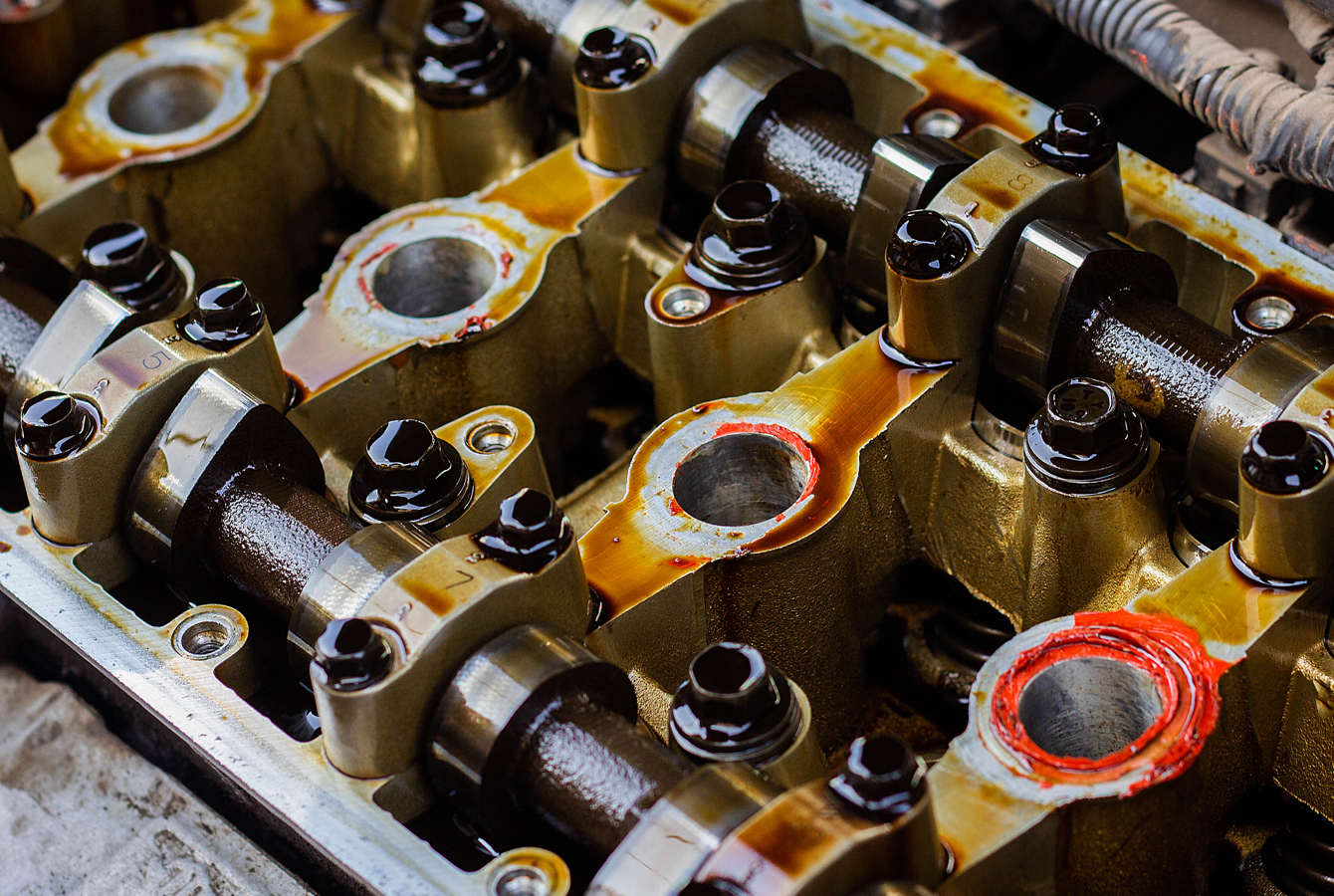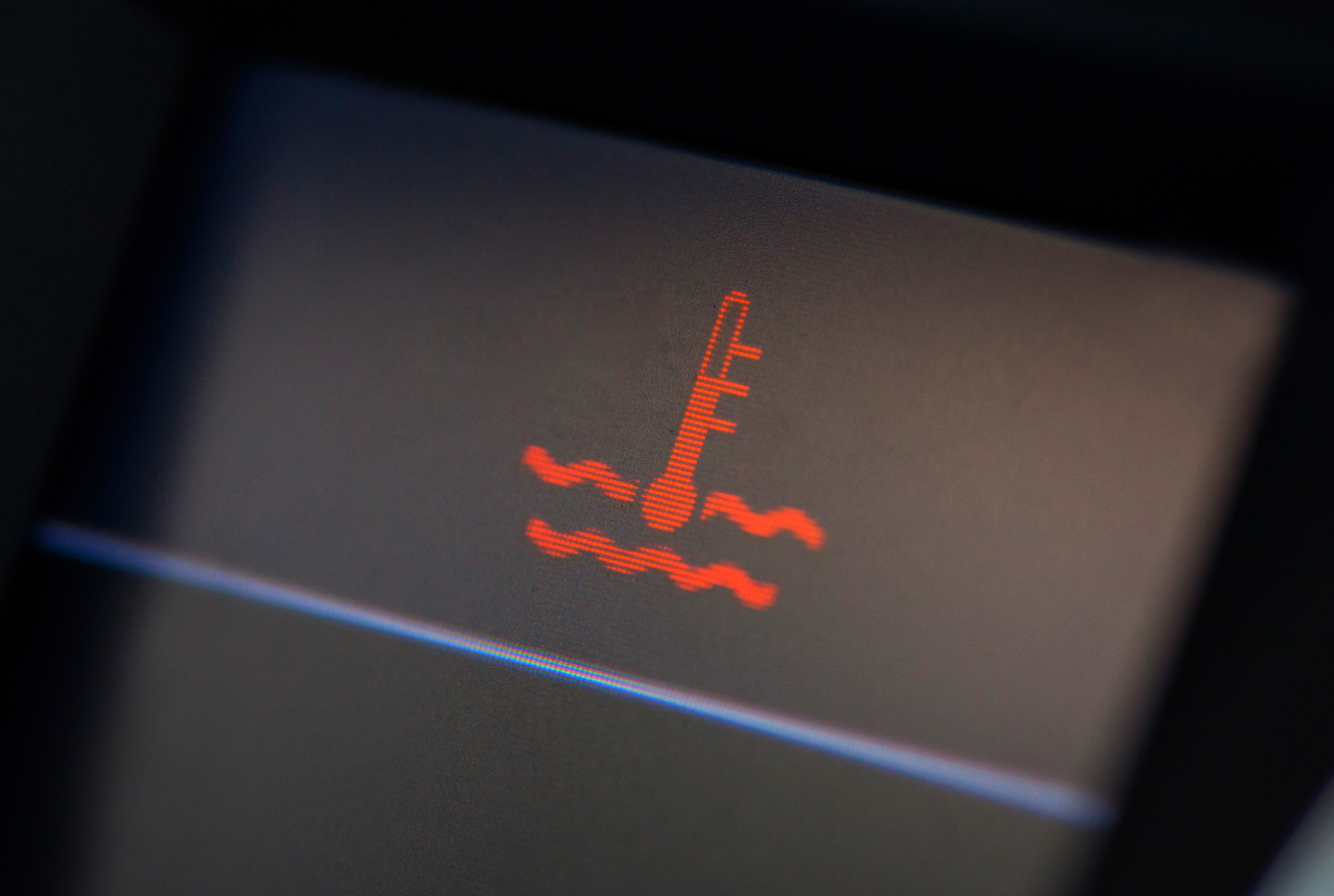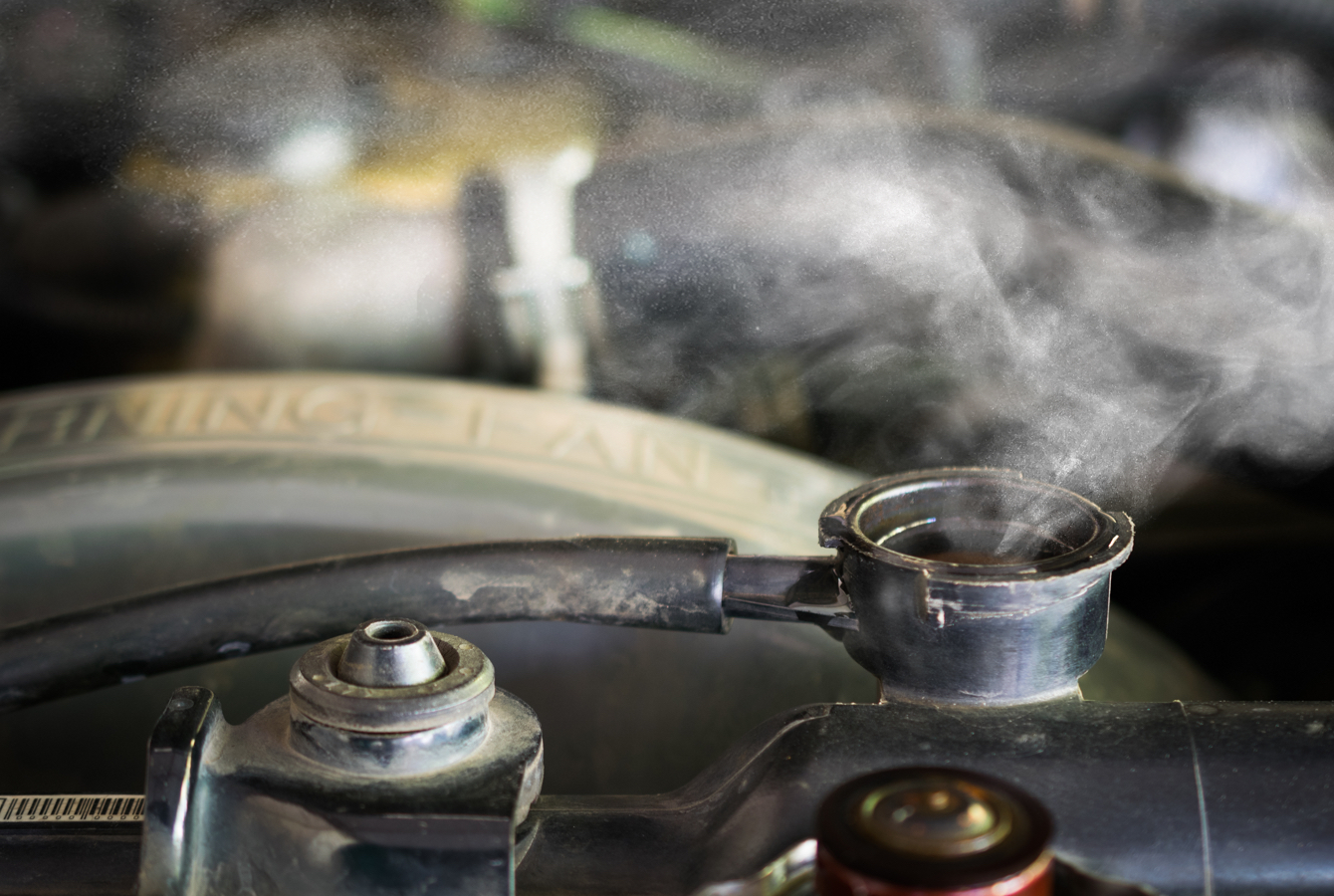What is a Blown Head Gasket?
Critical for your engine, head gaskets are designed to seal the cylinders’ firing pressure and to prevent coolant and engine oil from leaking. If the combustion seal fails, then this is considered a blown head gasket. There are two conditions that may occur – you may experience one or both:
· Coolant is drawn past the combustion seal into the combustion chamber, which uses up the coolant.
· Combustion pressure leaks past the combustion seal and pressurizes the cooling system.

Does a Blown Head Gasket Always Lead to a Failure?
A blown head gasket often is not as catastrophic as it sounds. There are probably thousands of failed or blown head gaskets out there right now that are not preventing the vehicle from being driven.
In those instances where it is a minor combustion leak, the cooling system can absorb the heat and pressure being introduced into it. When the piston is on its intake stroke, it may suck in a small amount of coolant into the combustion chamber; this minor amount of fluid is burned off during the combustion event. However, eventually it will lower the coolant level in the cooling system, explaining how coolant may magically disappear from the cooling system and then cause an engine to overheat due. These “leaks” can occur when the engine is cold and may stop once the engine gets some heat into it.
When Does a Blown Head Gasket Become a Problem?
If the combustion seal failure becomes so great, the cooling system will be unable to handle the heat and pressure, thus causing the engine to overheat. (An indicator may be white smoke coming out of the tailpipe.) The pressure in the cooling system may push past the radiator cap, dumping coolant on the ground. There also may be bubbles in the radiator or coolant tank, which are signs of combustion pressure leaking into the cooling system. This will lead to overheating the engine and may damage it to the point where it may need replacement, especially with today’s aluminum castings.

Signs of a Blown Head Gasket
As the head gasket failure worsens, it will draw more coolant into the cylinder(s), essentially “steam cleaning” the combustion chamber and removing any carbon deposits in the cylinder. There may also be deposits on the tip of the spark plug, which could eventually foul the plug and cause a misfire/rough running engine.
Eventually so much coolant may be drawn into the cylinder that it causes a misfire, which would be a rough running engine and possibly an illuminated/flashing Check Engine light. At this point, there may be some white, sweet-smelling smoke coming from the tailpipe. However, you may not see the white smoke before this point due to the catalytic converter burning it off.
Combustion pressure in the cooling system may be so great that it pushes past the radiator cap. This may lead to either overflowing of the coolant reservoir or right onto the ground if there’s no reservoir. In some cases, the coolant pressure may rupture radiator hoses or crack the radiator’s plastic end tanks.

How to Fix a Blown Head Gasket
At this point, it is time to make an appointment with your technician to repair the engine/vehicle. The cylinder head(s) will need to be removed and inspected for damage and warpage. A serious engine overheat may damage the castings (block and heads) so much that they cannot be repaired and will require replacement; this may also damage the engine block’s bores and piston rings. Due to the coolant being passed through the exhaust system, the oxygen sensors and catalytic converters will also be damaged – the silica in coolant coats them and will also require replacement.

Low Coolant with No Visible Leak
If you have a vehicle that is losing coolant with no obvious signs of leakage, have the problem investigated by your technician. You could have a blown head gasket that needs to be addressed before you have a breakdown. Your technician may perform a coolant pressure test to determine if there are external leaks. To help find those tough external leaks, they might add coolant dye to the cooling system; sometimes coolant will leak onto a hot engine and burn off leaving no trace other than a white deposit on the engine, so the coolant dye will leave a trace to help to find the leak. The leaking coolant may never leave a spot on the ground.
Another test your technician may perform is done overnight on a cold engine. Your technician will remove all the spark plugs and pressurize the cooling system overnight. The next day, the cylinders are inspected with a borescope to see if there are any signs of coolant in the cylinders. If so, this is a failed combustion seal or blown head gasket. Using the borescope will also allow your technician to see if any cylinders have been “steam cleaned” indicating that coolant is getting into that cylinder(s).
Learn more about Fel-Pro quality gaskets that are specifically designed for the repair environment, find your car part, or find where to buy your auto part today.
The content in this article is for informational purposes only. You should consult with a certified technician or mechanic if you have questions relating to any of the topics covered herein. Tenneco will not be liable for any loss or damage caused by your reliance on any content.
Other Parts For Your Vehicle
Fel-Pro® offers a wide variety of auto parts for all your vehicle needs.
Check them out today!